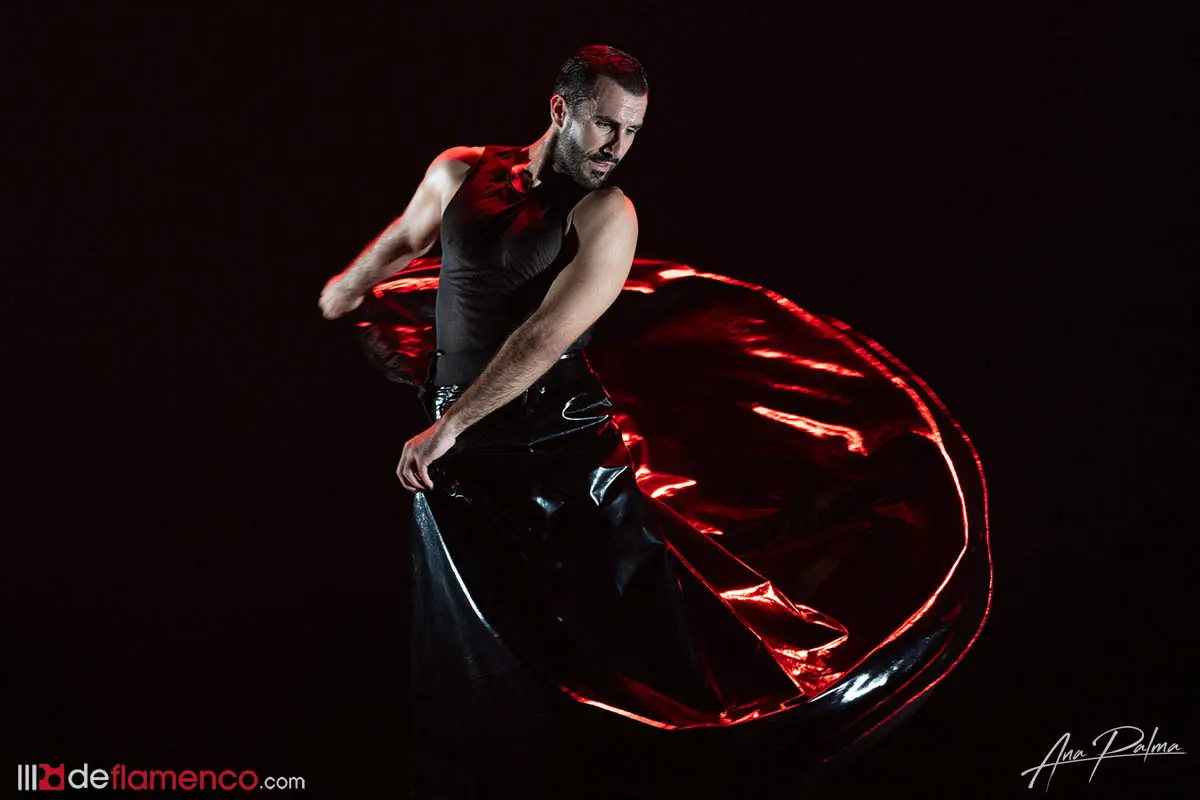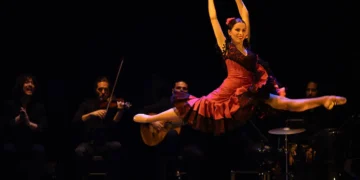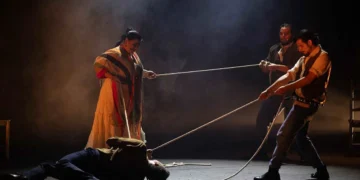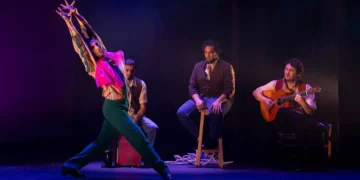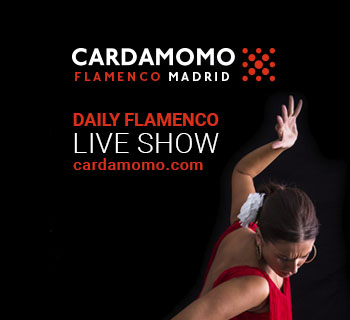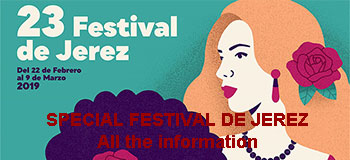“Crónica de un suceso” – Centro Social Blas Infante – 4 de marzo 2025 – Festival de Jerez
Photo cover: Ana Palma – Photo Gallery & vídeo – Reseña en Español
With a few minutes of delay due to the necessary and defiant rain (and because, an hour and a half earlier, Mateo Soleá’s flamenco singing recital was taking place in the most remote venue of the Festival de Jerez), and with the Blas Infante Social Center at half-mast, we attended the Spanish premiere of Crónica de un suceso. This would not be the only performance of the day paying tribute to the creator Antonio Esteve Ródenas, known as Antonio Gades.
There was a bittersweet aftertaste because, in Crónica de un suceso, contrary to what the synopsis promises, Ramírez searches for the traces of the man from Elda rather than having them “constantly present in the background of the show.” Although, as the synopsis itself acknowledges, this was not a biographical production, nor did it seek to imitate the protagonist’s milestones—something that would be pretentious and, above all, unfeasible for a single person and a single performance—the fact that the piece revolves around one of the greatest legends of Spanish dance creates vague expectations that are difficult to fulfill. Moreover, it detracts from the strength of Ramírez’s own proposals as a forceful dancer, considering the effort required to bring them to life.
That is why, except for certain scenes which, thanks to Antonio Valiente’s lighting and the impeccable styling and costumes by Chio Lagana, Elvira Muha, Carmelilla SL, Emma Prieto, and Jorge de Álvarez, convincingly evoked echoes of the most mythical Don Juan, what we witnessed was a succession of numbers in which the dancer from Estepona insists—sometimes to the point of stubbornness—on his search for the other. And the question is: why not for himself?
One of Ramírez’s successes, aside from the surprisingly immersive lighting design (thank you, Antonio Valiente, for always doing it with heart) that made us forget the rain, the delay, and a stage set below sea level, was his choice of singer María Mezcle. Keep an eye on this Sanlúcar-born artist now based in Madrid, who, although she rarely performs in her home province—at least professionally—has delivered performances in this festival that deserve more attention: for her choice of songs (she truly knows her stuff), for her stage wisdom, and because she does not just sing—her love for dance makes her presence supportive, enriching, and perfectly complementing each number. And I cannot forget to mention her exceptional pitch. Particularly in the stunning first part of the performance, where, a cappella, she weaves together free-form ayeos and traditional flamenco verses with sections of El Amor Brujo, for instance, without instrumental accompaniment. This opening, of visually and sonically stimulating beauty—with Mezcle and Ramírez emerging from a luminous rectangle, Javier Rabadán’s percussion creating a soundscape conducive to evocation, and Isaac Muñoz’s guitar joining in later—is among the highlights of this Crónica.
Perhaps this piece is an inevitable step for the dancer from Estepona, but I will still ask for more opportunities to see his physical and creative power as a dancer without a clear reference (because the subtler influences will emerge naturally) to anyone other than himself. Knowing that, in the end, nothing is truly one’s own, for we are already a mix of influences. That is what I wish to witness: in that interplay of echoes and reflections, in that inevitable fusion, the solitary image of Rafael recognizing himself in his own blend.



